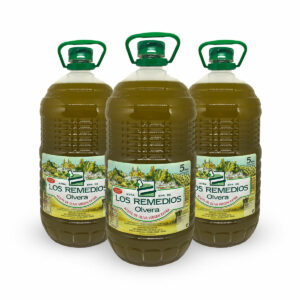PROGRAM TO IMPROVE PRODUCTION AFTER WEANING
Pig production has an important brake on the weaning of piglets. Especially when we are in a very delicate moment due to the strong restriction of antibiotics that were previously normal in piglet feed, like colistin (now fully restricted) and the downward pressure of the use of zinc oxide, that can only be used for a maximum of 14 days in the life of the animal, as it is a serious pollutant of the environment, and because it is a drug that can only go in feed via veterinary prescription, with the limitations that this implies.
But since we cannot stop before this obstacle and our obligation is to overcome these obstacles, that is why we present the following piglet feeding program with minimal or even no use of antibiotics and zinc oxide.
It is clear that the problem of diarrhea after weaning occurs because the animal has an immature digestive system, not used to eating I think. When he comes across a food that is completely removed from mother's milk, he is not able to digest it well., and the germs that live in the intestine have the ideal conditions to multiply and cause the problem.
To combat this problem, the main strategy will be for the animals to eat feed as soon as possible., since they have been drinking breast milk. further, these feeds must be as digestible as possible. This can only be achieved with more digestible raw materials (always more expensive). Obviously, The age of the piglet also influences: weaning from 21 days are much more "troublesome" than 30 days or at 40 days.
For this reason, the following feeds are proposed, some new and others already known to farmers.
EARLY DAIRY: This feed is proposed as the first feed that the piglet will take while it is with the mother.. Piglets are fed from 10 days of life until 20 days of life more or less. Its estimated consumption is 250 grams per piglet throughout these days. Is not medicated.
PREESTARTER. P-00: It is our choice for piglets from 20 days of life until 10-12 days after weaning. The estimated consumption is 4-5 kilos per piglet. Weaning should be done with the piglets eating this feed, that's how they suffer less stress. It is medicated with Zinc Oxide.
PREESTARTER. SPIDO: It is an alternative feed to P-00. It is used the same but it is not medicated.
CHOKE. P-11: It is the recommended feed since 12 days after weaning to 25 kilos of weight. exist 2 versions, P-11 medicated with Zinc Oxide and P-11 Non medicated. You must remember that Zinc Oxide can only be used during 14 days.
We are finishing a test in which the piglets have eaten Precoce, Spido, and P-11 Normal, having normal productive data, without diarrhea and without consuming any medication. It is clear that it is possible to achieve the objective, but the rancher also has to do his homework:
Clean and disinfect the farrowing room and piglet transition. Practice all in all out so that when the animals are weaned they go to an empty room, clean and well disinfected, where there is nothing left of the previous batch.
Ensure a temperature of 26-28 ºC in the weaning room. At this time it is vital that recently weaned animals have that temperature to avoid diarrhea. Besides the room being warm, must have adequate ventilation.
Water is today the great forgotten of weaning. Its microbiological quality must be ensured by chlorination, and it must also be acidified to reinforce the chlorine and to guarantee the correct digestion of food in the stomach.






